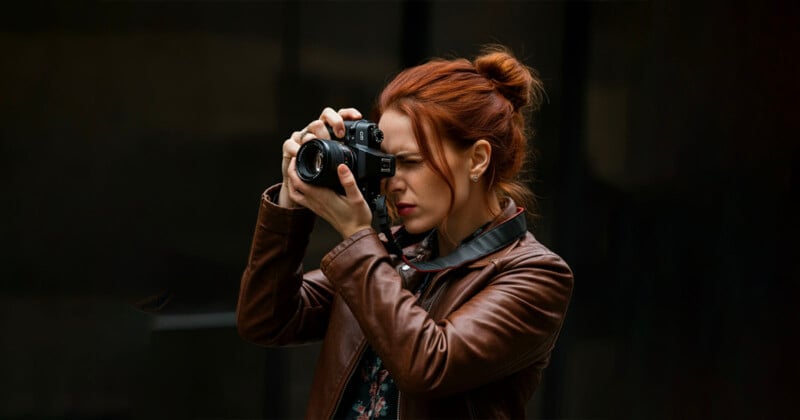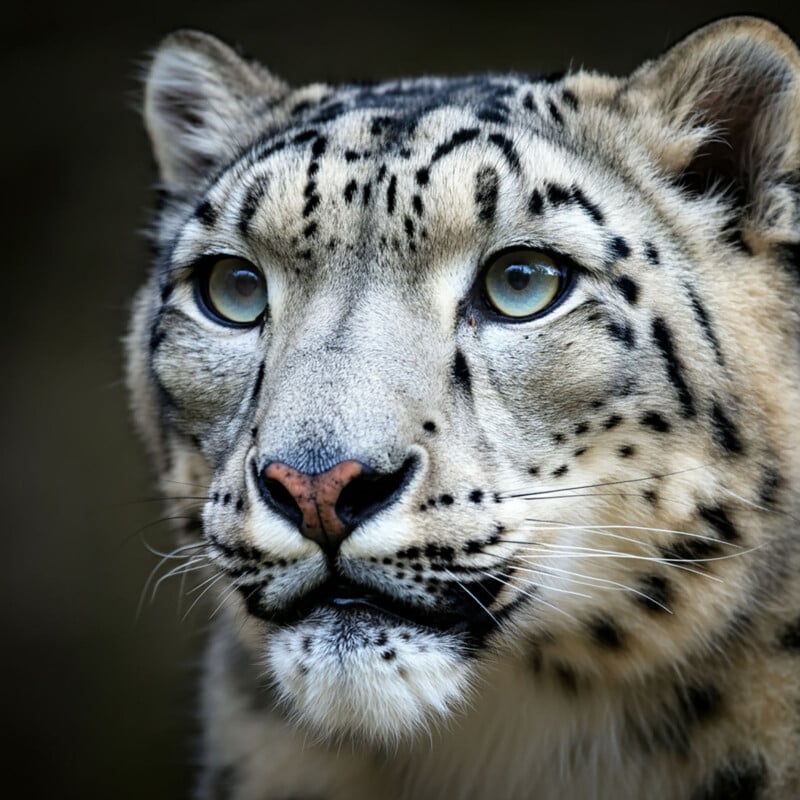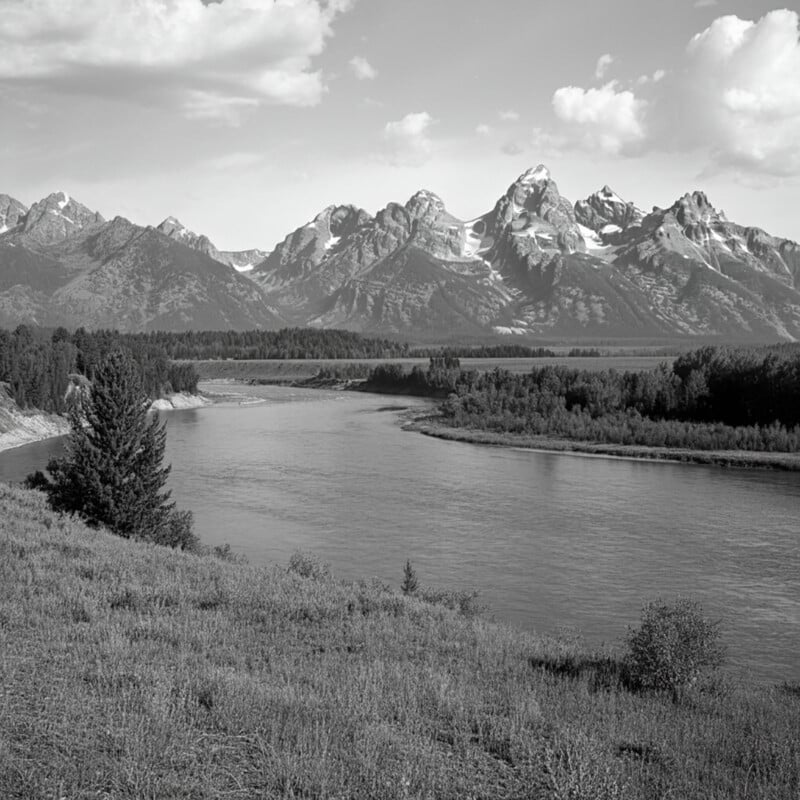Google Releases Powerful AI Image Generator You Can Use for Free

Google has released an updated version of its AI image generator to everyone in the U.S. via the company’s AI Test Kitchen service.
Google Imagen 3 was first announced in May during the company’s I/O keynote but it was only rolled out last week after Google published a research paper on it.
Imagen 3 works like most other AI image generators: Users type in a prompt and wait for about 30 seconds until the pictures begin to appear. Google says the model “is preferred over other state-of-the-art models at the time of evaluation.”


In PetaPixel’s tests, Imagen 3 does appear to be a quality text-to-image model that rivals Midjourney or OpenAI’s DALL-E. What’s more, Imagen 3 is currently free-to-use unlike the aforementioned.
“Imagen 3 is our highest quality text-to-image model, capable of generating images with even better detail, richer lighting and fewer distracting artifacts than our previous models,” Google says.
“We’ve significantly improved Imagen 3’s ability to understand prompts, which helps the models generate a wide range of visual styles and capture small details from longer prompts.”

There is little word on the data used to train Imagen 3. In the paper, Google says “The Imagen 3 model was trained on a large dataset comprising images, text, and associated annotations.” It is extremely likely that the dataset contains scores of copyrighted photos.
As well as generating images, Google gives the option of editing the images using the now common inpainting technique. This method allows the user to select a part of the image and type in the change they would like to see.
Unlike Elon Musk’s Grok AI image generator, Google has placed restrictions on Imagen 3. PetaPixel was unable to generate an image of “Kamala Harris and Donald Trump holding hands” or “A Californian landscape in the style of Ansel Adams.”
However, as is well-documented, there are workarounds. For example, by asking Imagen 3 to “Make a dramatic black and white photo taken in 1942 of the Grand Teton National Park in Wyoming” the user will receive back an image similar to that of Ansel Adams’ work.
The Verge got around copyright restrictions on famous cartoon characters by asking for “an image of a cartoonish blue hedgehog running in a field” and receiving a picture of Sonic the Hedgehog.
Earlier this year, Google landed in hot water after its AI image generator on Gemini was accussed of overcorrecting for biases and essentially “erasing white people.” It led Google to remove the image generator entirely.
To try Imagen 3, head to the DeepMind website.